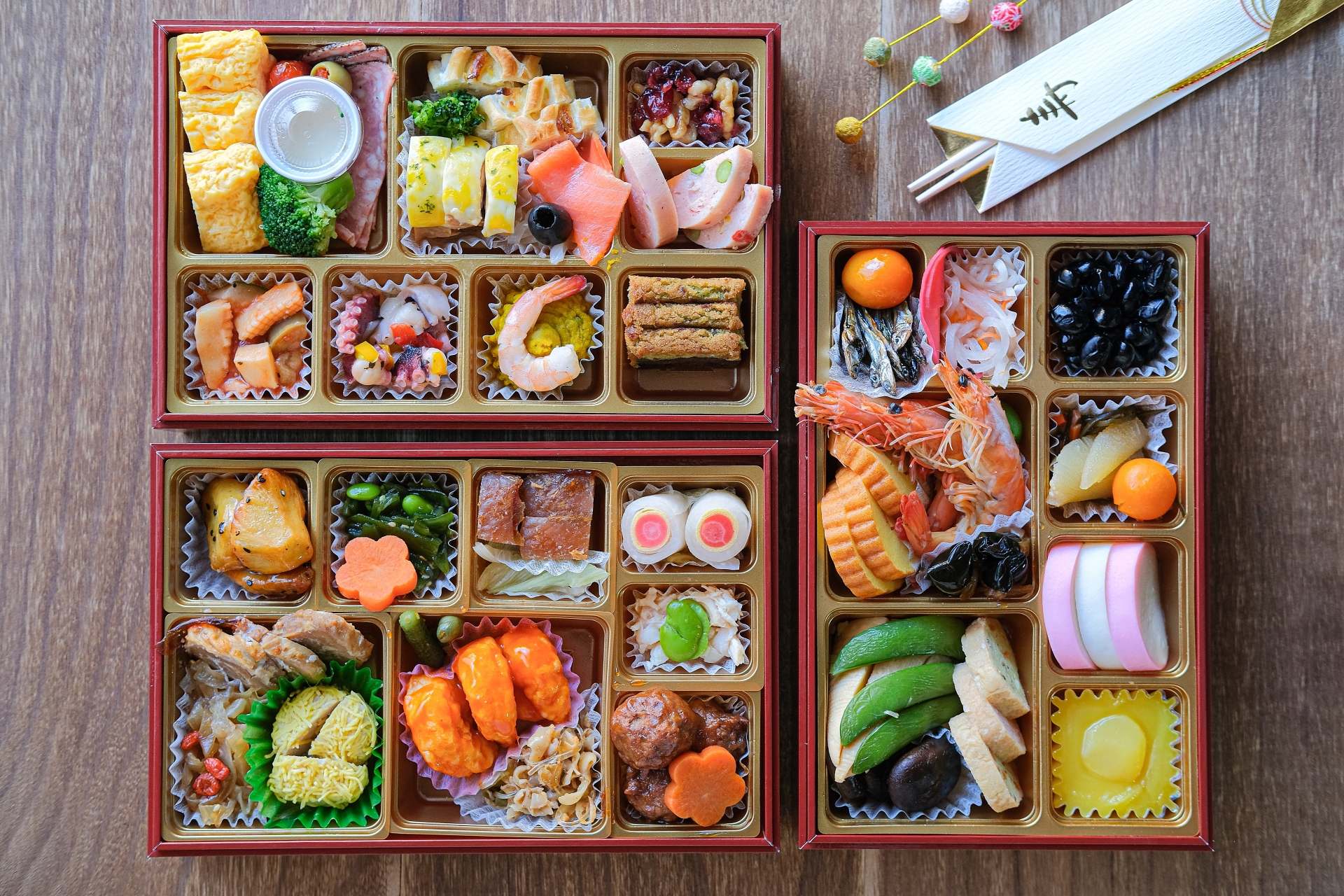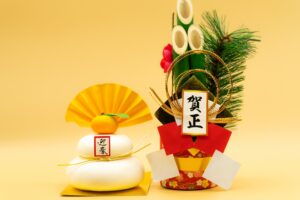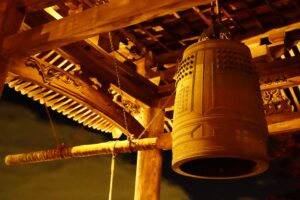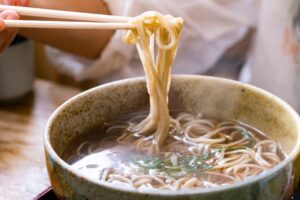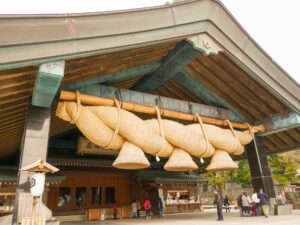Osechi Ryori is a centuries-old Japanese tradition that plays a central role in New Year celebrations. This beautifully presented feast consists of a variety of dishes, each symbolizing different hopes for the coming year, such as happiness, prosperity, and longevity. Whether you’re looking to learn more about Japanese culture, try making osechi at home, or discover where to buy it, this guide will provide you with all the information you need.
What is Osechi Ryori?
Osechi Ryori is a traditional Japanese New Year feast, consisting of an array of dishes that are beautifully arranged in special tiered boxes called jubako. Each dish in osechi has a particular meaning, often related to prosperity, health, or happiness, making the meal not only a culinary delight but also a spiritual experience. This tradition dates back to the Heian period (794-1185) and was originally a way to give thanks for a bountiful harvest. Over time, osechi has evolved to include both traditional recipes and modern interpretations, reflecting changes in Japanese society and culinary tastes. Preparing and enjoying osechi ryori is a way for families to come together, honoring their heritage and looking forward to the future with optimism and hope.

The Symbolism Behind Osechi Ryori Dishes
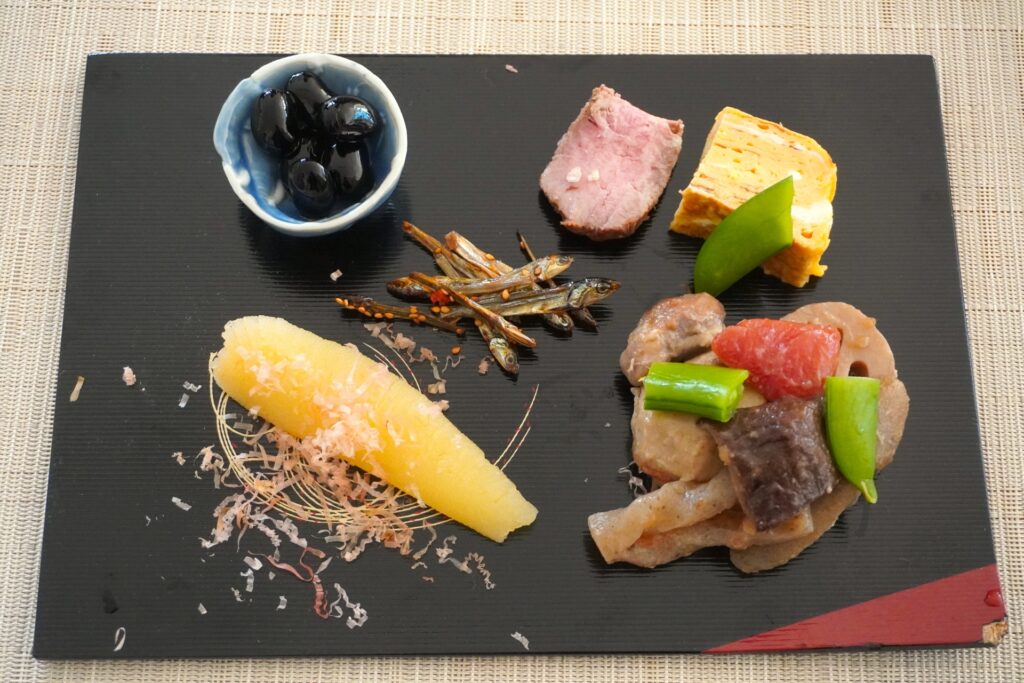
Each dish in an osechi ryori set carries deep symbolic meaning, often tied to good fortune, health, or longevity. For example:
- Kuromame (Black Beans): These sweet, simmered black beans symbolize hard work and good health, as the word “mame” in Japanese means both “bean” and “diligence” or “health.”
- Kazunoko (Herring Roe): Representing fertility, kazunoko is a popular dish among families wishing for the prosperity of their descendants. The tiny eggs are a symbol of many children and future generations.
- Tazukuri (Candied Sardines): Historically used as fertilizer in rice fields, these small, candied fish symbolize a bountiful harvest and are a wish for abundance and good fortune.
Common Dishes Found in Osechi Ryori
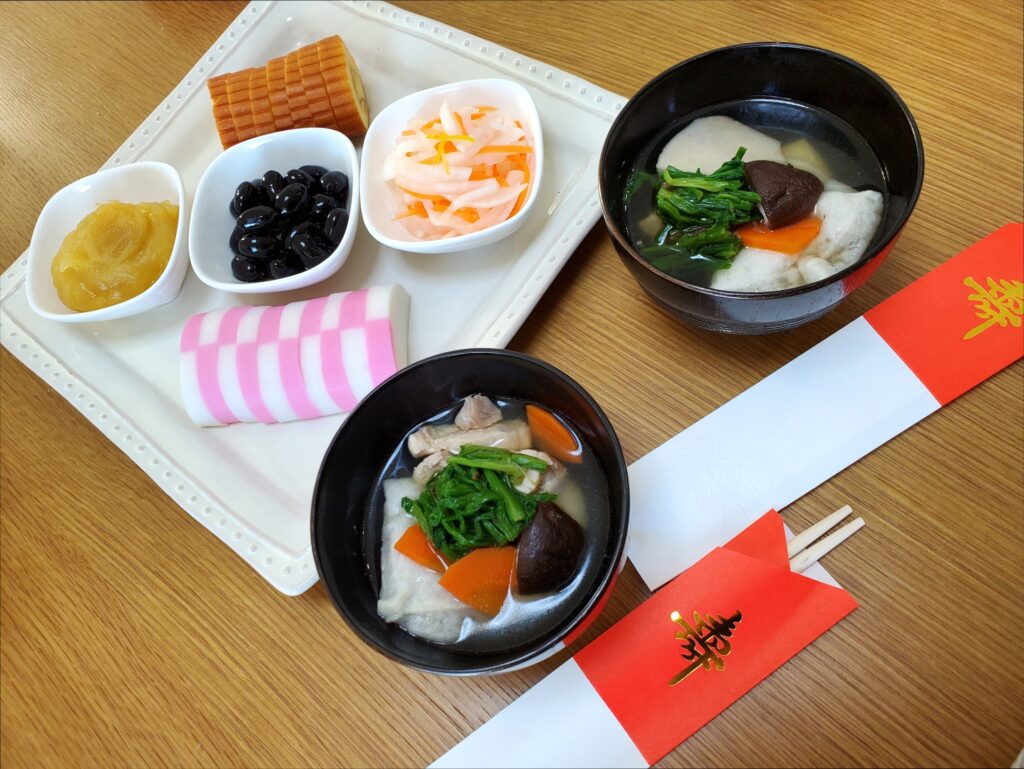
Osechi ryori is known for its variety and meticulous presentation. Common dishes include:
- Datemaki: A sweet rolled omelet mixed with fish paste, symbolizing knowledge and learning due to its resemblance to rolled scrolls.
- Kohaku Namasu: A refreshing salad made of daikon radish and carrot, representing celebration and festivity through its red and white colors.
- Kamaboko: Decorative fish cakes in red and white, symbolizing protection from evil spirits and good luck.
- Ebi (Shrimp): Grilled or boiled shrimp, often with their heads and tails intact, symbolize longevity, as their bent shape resembles the backs of elderly people, wishing for a long life.
How to Make Osechi Ryori at Home
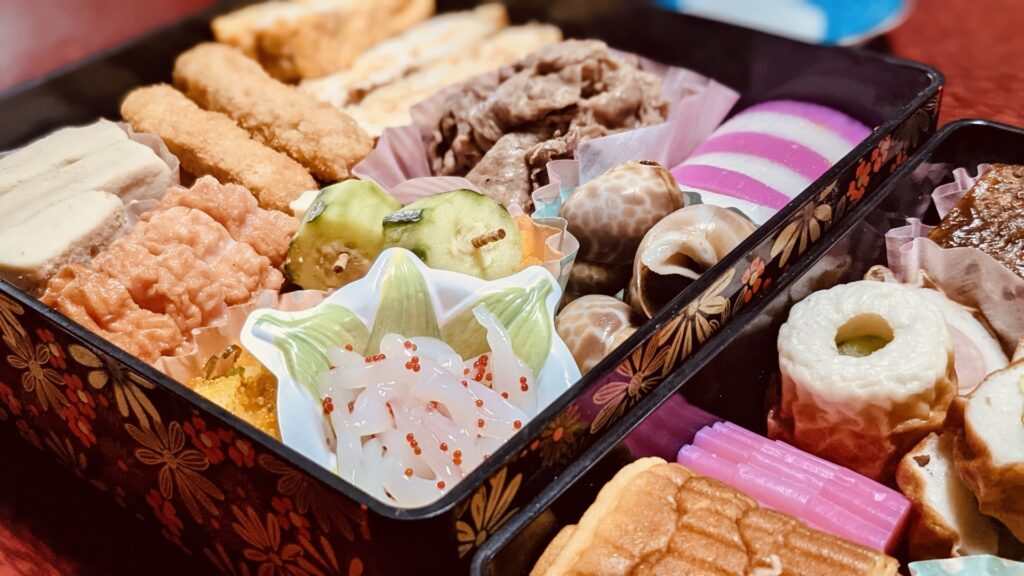
Making osechi ryori at home can be a rewarding experience. Start by planning your menu ahead of time, as many dishes require marinating or cooking in advance. Ingredients can often be found at Asian grocery stores or specialty markets. Key steps include:
- Preparation: Start a few days before New Year’s Day. Dishes like tazukuri and kuromame can be made in advance and stored.
- Presentation: Arrange the dishes in a jubako, stacking different types of food in separate layers. Aesthetics are essential in osechi, so take care to present the food attractively.
- Timing: Osechi is traditionally prepared by New Year’s Eve, allowing families to rest and enjoy the first days of the year without cooking.
Modern Twists and Variations of Osechi Ryori
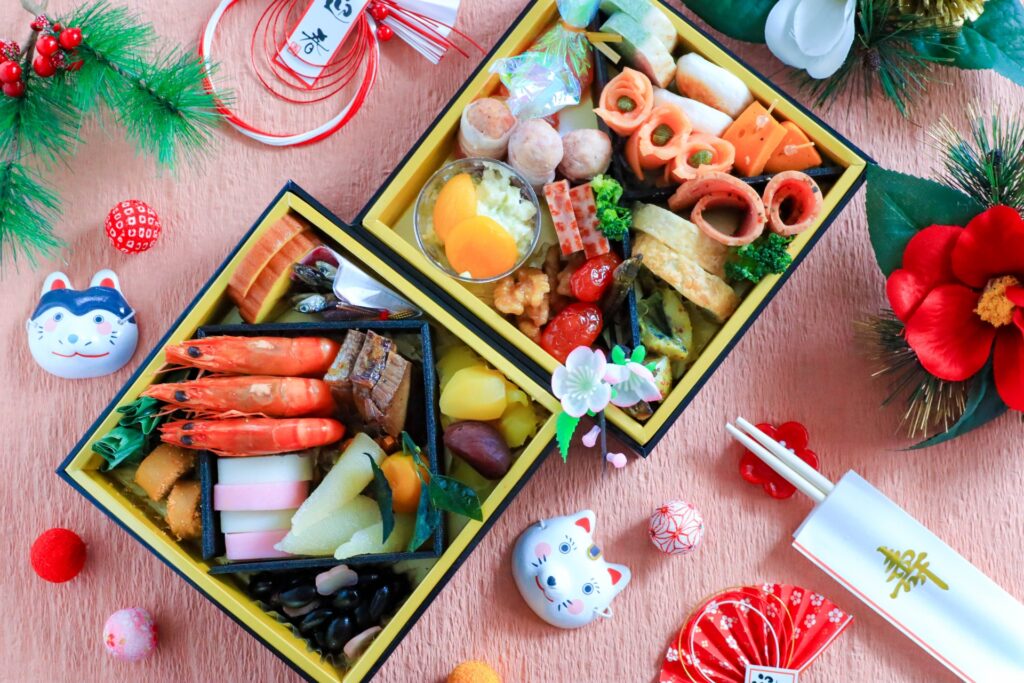
Contemporary osechi ryori often incorporates modern flavors and ingredients to suit diverse palates. Some families opt for Western-style dishes or incorporate ingredients like cheese and smoked salmon. Vegetarian and vegan variations are also gaining popularity, featuring plant-based versions of traditional dishes to cater to dietary preferences. These adaptations reflect a blend of maintaining tradition while embracing change.
Buying Osechi Ryori: Options for Expats and Tourists
For those who prefer not to cook, ready-made osechi ryori sets are available for purchase. In Japan, supermarkets, department stores, and online shops offer a wide range of options, from traditional sets to contemporary versions. Outside Japan, specialty Japanese stores and online retailers often provide osechi delivery services, making it accessible to Japanese expatriates and cultural enthusiasts alike.
Health Benefits of Traditional Osechi Ingredients
Many osechi dishes are not only symbolic but also offer nutritional benefits. For instance, kuromame beans are high in fiber and antioxidants, contributing to good health. Shrimp and other seafood provide a source of protein and omega-3 fatty acids, promoting heart health. Additionally, the use of vegetables and pickled items in osechi supports a balanced diet, emphasizing the importance of health and well-being during the New Year.
Conclusion: Embracing Tradition with Osechi Ryori
Osechi ryori is more than just a meal; it is a cultural experience deeply rooted in Japanese traditions and values. Whether you’re making it at home or purchasing it, osechi offers a unique opportunity to connect with Japanese heritage and start the New Year with hope and positivity. Embrace this tradition and enjoy the rich flavors, symbolic meanings, and shared moments that osechi ryori brings to the table.

